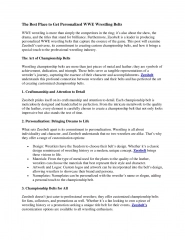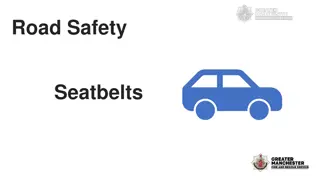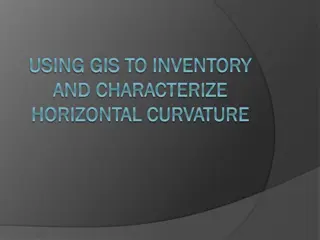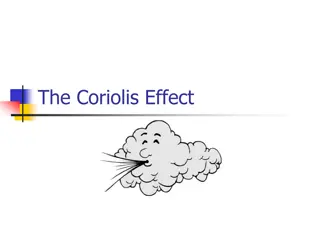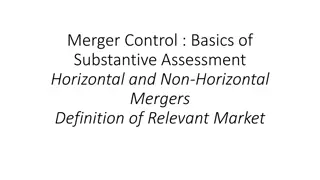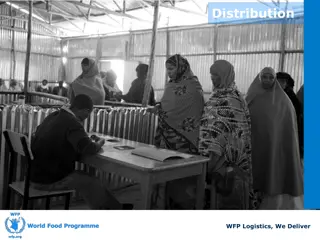Understanding Horizontal Distribution of Air Pressure and Pressure Belts on the Globe
The horizontal distribution of air pressure and pressure belts on Earth is characterized by isobars, indicative of high and low pressure systems. The regular zonal distribution of pressure belts is affected by the uneven distribution of land and water. Pressure belts are not solely induced by temperature but also dynamic factors, resulting in seven pressure belts globally, including subtropical high and low pressure belts, polar high pressure belts, and equatorial low pressure belts. The equatorial low pressure belt, for instance, is thermally induced and shifts with seasonal changes. Subtropical high pressure belts, on the other hand, are not thermally induced but located between latitudes 25-35 in both hemispheres.
Download Presentation

Please find below an Image/Link to download the presentation.
The content on the website is provided AS IS for your information and personal use only. It may not be sold, licensed, or shared on other websites without obtaining consent from the author. Download presentation by click this link. If you encounter any issues during the download, it is possible that the publisher has removed the file from their server.
E N D
Presentation Transcript
Horizontal Distribution of Air Pressure and pressure belt The horizontal distribution of air pressure on the globe is studied on the basis of Isobars. If we look at the globe then it appears that there is certain definite system of high and low pressure. If, for generalization, the globe is considered to be homogeneous (either of land or water), then there should be regular and systematic zonal distribution of high and low pressure but the regularity of pressure belts is distributed due to unequal distribution of land and water on the globe. The pressure belts are discontinued in the northern hemisphere and several centers of pressure belt are developed but the pressure belts are found more or less in regular pattern in the southern hemisphere.
continued There is no definite trend of distribution of pressure from equator towards the poles. If the air pressure would have been the function of air temperature alone there should have been regular increase of pressure pole ward because temperature regularly decrease from the equator towards the poles but this is not the case. Because tropic of Cancer and tropic of Capricorn can not explained on the basis of temperature. It is obvious that pressure belts are not only induced by thermal factor but they are also induced by dynamic factors. In all there are seven pressure belts on the globe.
Types of pressure belts on globe Dynamically induced Thermally induced Subtropical high pressure belt (North & South) Subtropical low pressure belt (North & South) Polar high pressure belt (North & South) Equatorial low pressure belt.
Equatorial low pressure belt The equatorial low pressure belt is located on either side of the geographical equator in a zone extending between 5 N and 5 S latitudes but this zone is not stationary because there is seasonal shift of this belt with the north ward (Summer solstice) and southward (winter solstice) migration of the sun. The equatorial low pressure belt is thermally induced because the ground surface is intensely heated during the day due to almost vertical sun rays and thus the lowermost layers of air coming in contact with the heated ground surface also get warmed. Thus warmed air expands, becomes light and consequently rise upward causing low pressure. The equatorial low pressure belt represent the zone of convergence of north- east and south-east trade winds. Because of frequent calm conditions this belt is called a belt of calm or Doldrums.
Sub-tropical high pressure belt Sub-tropical high pressure belt extends between the latitudes of 25 -35 in both the hemispheres. It is important to note that this high pressure belt is not thermally induced because this zone, beside two to three winter months, receives fairly high temperature throughout the year. Thus, this belt owns its origin due to the rotation of the earth and sinking and settling down of winds. It is thus, apparent that the sub-tropical high pressure belt is dynamically induced.



